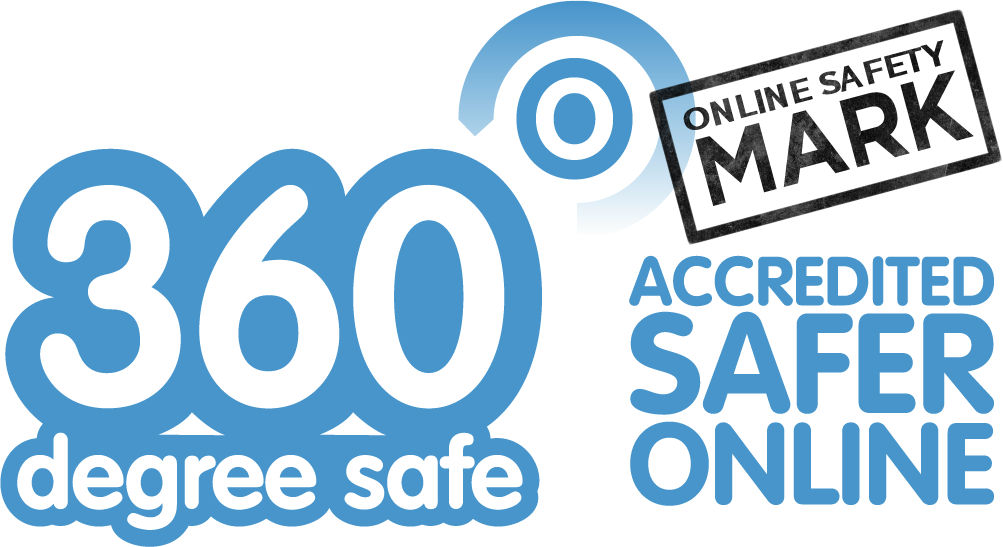Year 4 Curriculum Information
Autumn Term
Maths
Numbers to 10 000
In this chapter, children will learn to count in multiples of 25, 100 and 1000 in order to count larger numbers comprehensively. They will learn about the relative size of numbers and complete number sequences within 10 000. Children will learn about place value to 4 digits and they will link numbers in numerals and in words. They will compare numbers using language such as 'greater', 'smaller', 'less' and 'more', using the mathematical symbols >, < and =. They will use their knowledge of number and place value to help complete number patterns. They will also learn about rounding numbers to the nearest 1000, 100 and 10; children will apply this knowledge to approximate, total and find the difference.
Addition and Subtraction within 10 000
This chapter covers addition and subtraction. The chapter starts off with simple addition before moving on to addition where renaming is required. Subtraction is also covered in a similar way where simple subtraction is mastered before moving to subtraction where renaming is required. Once pupils master addition and subtraction, they start to look at problem-solving questions and practice using bar models.
Multiplication and Division
In this chapter, children will learn how to multiply and divide by 6, 7, 9, 11 and 12. They will begin to understand mathematical vocabulary such as 'quotient' in relation to division. They will learn how to calculate multiplication equations using the multiplication facts that they know. They will understand the difference between sharing and grouping and they will understand the commutative law in multiplication. They will also solve problems involving multiplication and division.
English
The Iron Man
Ted Hughes
The Iron Man came to the top of the cliff.
Where had he come from? Nobody knows.
How was he made? Nobody knows.
Mankind must put a stop to the dreadful destruction by the Iron Man and set a trap for him, but he cannot be kept down. Then, when a terrible monster from outer space threatens to lay waste to the planet, it is the Iron Man who finds a way to save the world.
The Rhythm of the Rain
Grahame Baker-Smith
Issac plays in his favourite pool on the mountainside...
As rain starts to fall, he empties his little jar of water into the pool and races the sparkling streams as they tumble over waterfalls, rush through swollen rivers and burst out into the vast open sea.
Where will my little jar of water go now? Issac wonders.
On the other side of the world, Cassi welcomes the rain to her parched village . . .
From tiniest raindrop to deepest ocean, this breathtaking celebration of the water cycle captures the remarkable movement of water across the earth in all its majesty.
Varjak Paw
SF Said
This cat must learn to fight!
Varjak Paw is a Mesopotamian Blue kitten, who lives high up in an old house on a hill.
He's never left home, until he receives a mysterious visit from his grandfather who tells him about The Way - a secret martial art for cats.
Now Varjak must use the Way to survive in a city full of dangerous dogs, cat gangs and, strangest of all, the mysterious Vanishings.
With stunning illustrations from acclaimed graphic artist Dave McKean, this award-winning story has become a modern classic. A celebration of friendship, loyalty and difference, Varjak Paw is an adventure like no other.
RE
People
This topic explores the truth that Jesus had a natural family with real people with names and a history.
Belonging
Recognising the importance of welcome, of feeling comfortable with new situations and belonging to new groups.
Loving
During the season of Advent, we explore the gift of love and the promise of Jesus’ return at the end of time.
History
The Roman Republic
1. Romulus, the first king of Rome
2. The Roman Republic
3. Rome versus Carthage
4. Hannibal's attack on Rome
5. Scipio saves Rome
6. Culture in the Roman Republic
The Roman Empire
1. The Roman Empire
2. Julius Caesar
3. Augustus: the first emperor
4. Emperors Claudius and Nero
5. Pompeii and the eruption of Vesuvius
6. The Jewish-Roman War
Geography
The Rhine and the Mediterranean
1. The River Rhine
2. Cologne: city on the Rhine
3. Rotterdam: the mouth of the Rhine
4. The changing Rhine
5. The Mediterranean
6. The Suez Canal
Population
1. What is population?
2. Migration
3. Multi-ethnic London
4. Multi-ethnic Cardiff
5. The Welsh language and culture
6. Welsh and British identity
Science
States of Matter
1. What are the states of matter?
2. Can we turn a solid into a liquid?
3. What is the opposite of melting?
4. Why do puddles disappear?
5. Can we make rain?
6. Do we drink the same water dinosaurs did?
Animals including Humans
1. Can we group animals by what they eat?
2. Who eats what?
3. Why are we born without teeth?
4. Why doesn't the stomach eat itself?
5. How big is the small intestine?
6. Are all bacteria bad for us?
French
Children will have a 30-minute French lesson every Thursday.
Art and DT
Drawing: Exploring tone, texture and proportion
Exploring tone, texture and proportion to create realistic drawings.
Structures: Helmets
Designing and making a helmet, using strengthening techniques to reinforce the shell structure.
Music
On Thursdays, Y4O will learn the guitar, and children in Y4HP will learn either the trumpet or the clarinet.
PE
Topics 1: basketball and gymnastics
Topics 2: netball, hockey, health &wellbeing
Homework
Maths
Children will be set homework on Maths Shed every Friday. This is to be completed before Thursday.
Children will also have a weekly Rapid Recall test and times tables test. They will bring these home.
English
On Friday, we will set either a comprehension activity or activities from their Grammar, Punctuation and Spelling workbook.
10 new spellings will also appear on SpellingShed every Friday. They will be tested on the following Friday.
|
|
|
|
|
|
















